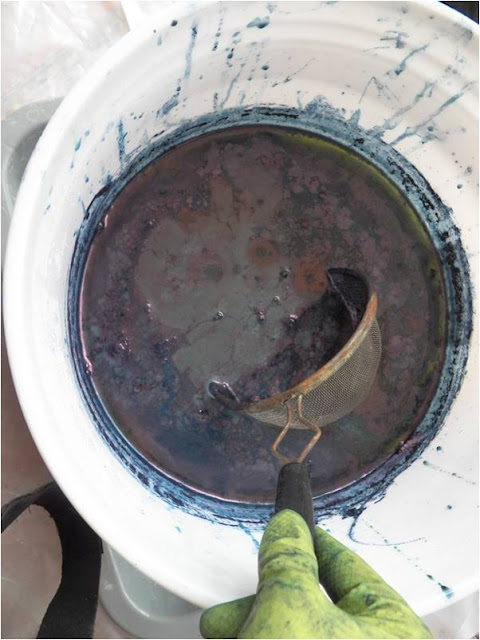I spent yesterday shopping and looking at spring fashions and my overall impression is lace, lace, lace - especially crocheted! This vest is perfect. It uses the Drops cotton/viscose blend, however there is a nice alternate yarn chart here in case you want to use another fiber. The American English instructions are here.

I love this circular cardigan - there are so many variegated yarns that would look great in this pattern! Instructions are given, using the Drops Baby Alpaca Silk, on how to blend in single colors to give that variegated look. Pattern is here.
After spending too much time trying to organize the serving baskets I have and trying to think of a storage method that doesn't take up so much room, I'm about ready to bag them all and go for crochet baskets. I'm definitely making up a few of these to try out. It looks like a great way to use up leftover skeins of cotton yarn. Patterns are here.
Right now, the site has an Easter Workshop Gallery of spring knit and crochet patterns. The placemats remind me of daffodils - these'll be on my table next spring! And I'm not sure what to do with the little chick yet, but it's so cute I'll have to come up with something. The placemat patterns are here and the chick here.
There are so many patterns and pattern booklets to look at on this site, I'm sure it'll take me a few more mornings to get through!
Happy Creating! Deborah

















































